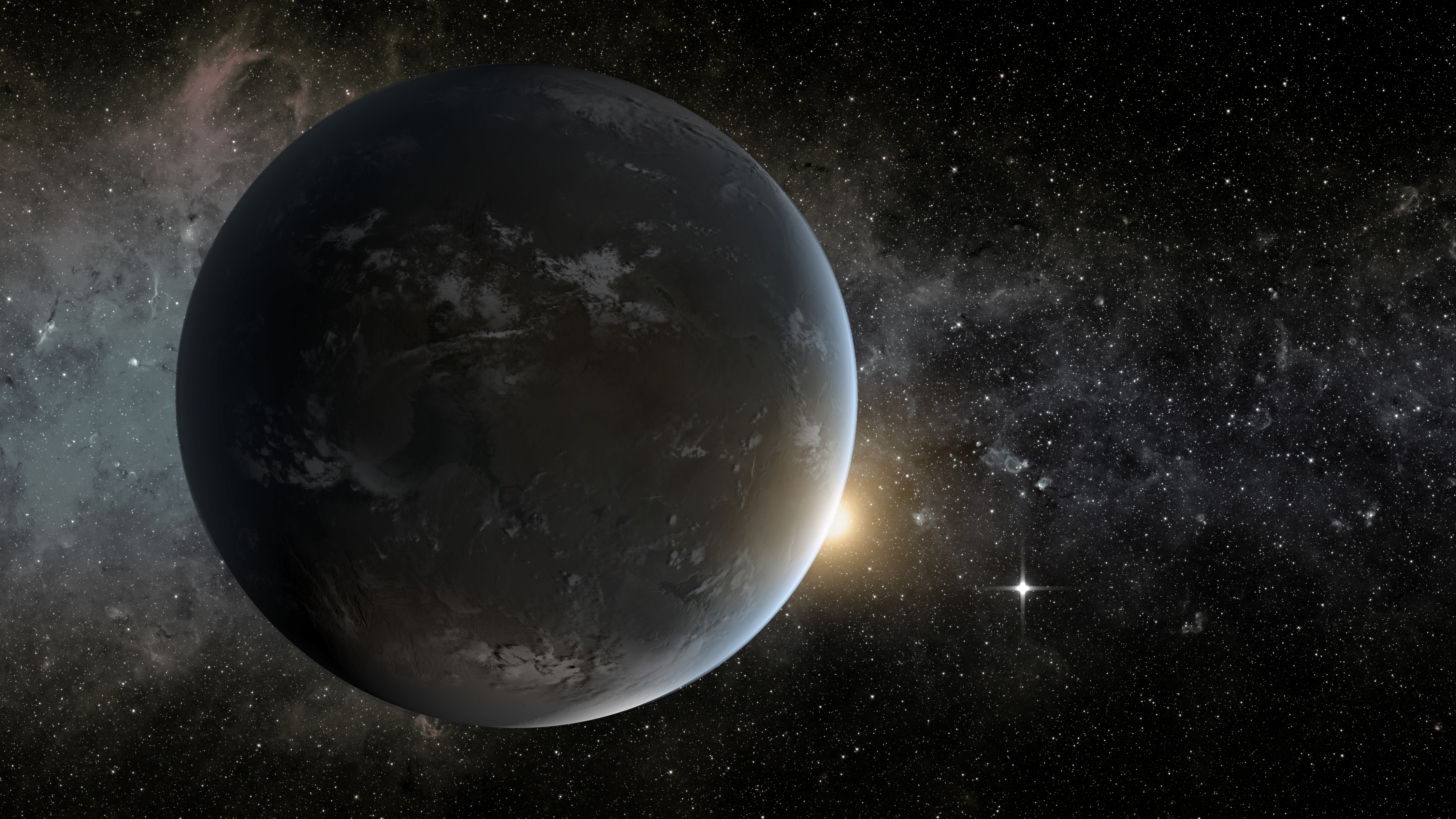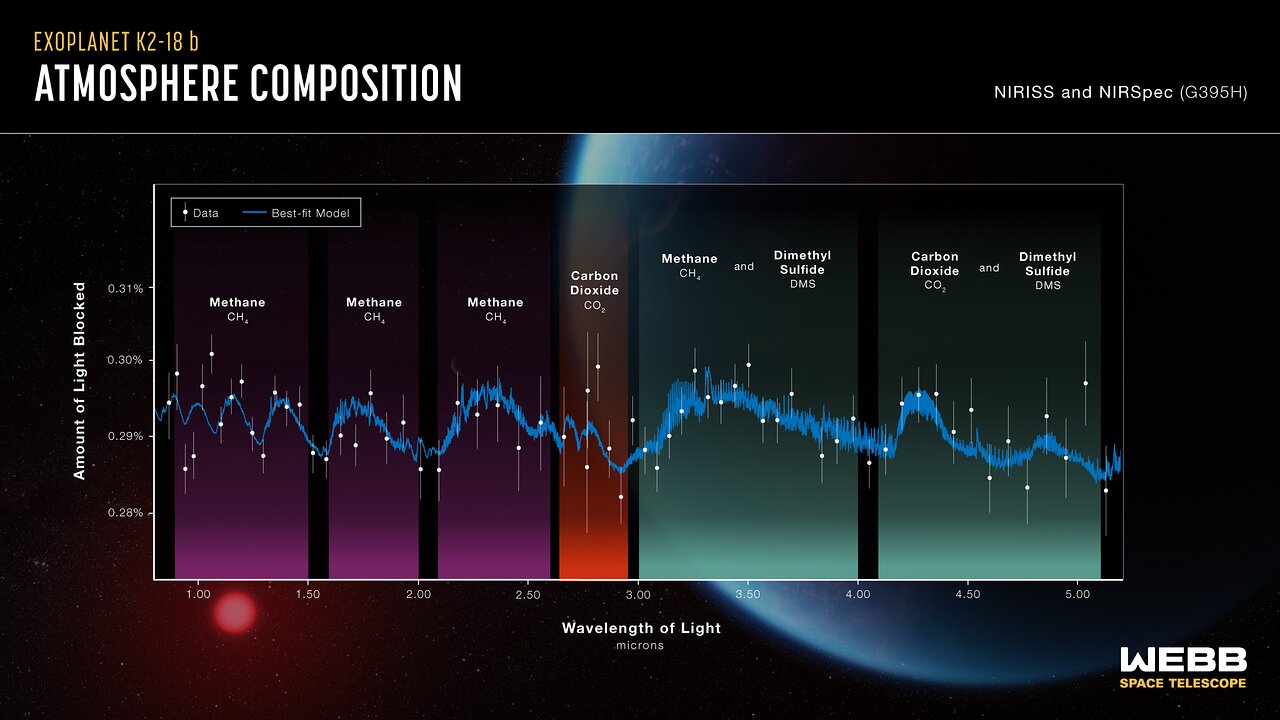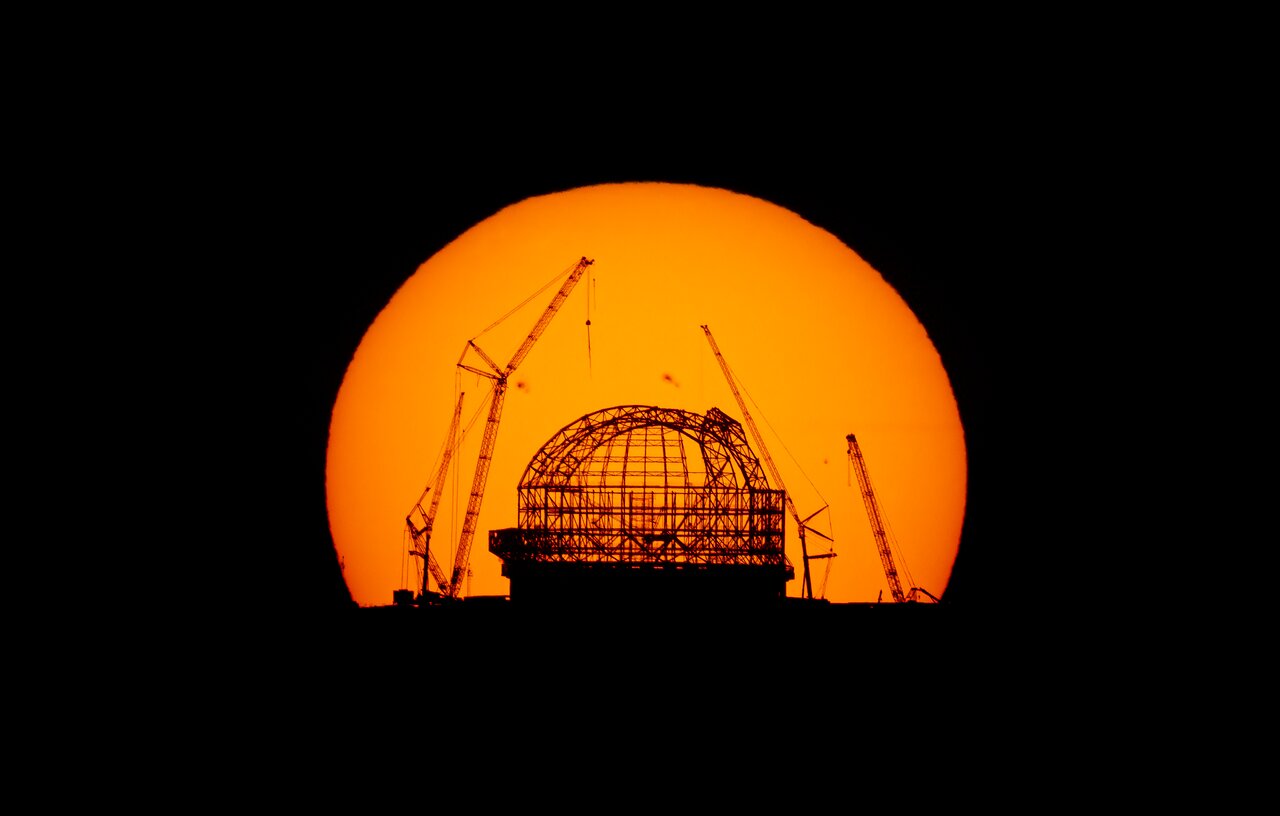Which telescope will be 1st to find alien life? Scientists have some ideas
A new study shows the European Extremely Large Telescope will be able to directly image and study the atmospheres of some potentially habitable exoplanets.

A peek into the future of exoplanet science suggests the forthcoming European Extremely Large Telescope (ELT) is going to give us our best chance in the next two decades of detecting biosignatures on nearby rocky worlds orbiting other stars. Such is the conclusion of a new study that simulated what it will take to characterize worlds outside our solar system with the tantalizing prospect of hosting life, such as Proxima Centauri b.
This study will allow astronomers to set their sights on key exoplanetary targets during the 2030s and beyond.
Besides measuring exoplanetary bulk properties — mass, radius and orbital period — astronomers learn about these extrasolar worlds by studying their atmospheres. The James Webb Space Telescope (JWST) does this via transit spectroscopy, for instance. As a planet transits (in other words, moves in front of) its star per the telescope's vantage point, some of the star's light filters through the planet's atmosphere. Any atmospheric molecules present in that atmosphere can absorb the starlight. Importantly, different molecules absorb at certain wavelengths, making each wavelength the signature of a specific molecule. This is how the JWST recently detected hints of methane and carbon dioxide in the atmosphere of the exoplanet K2-18b, for example.
Related: Machine learning could help track down alien technology. Here's how
However, our machines only manage to see a small fraction of planets transiting their stars, meaning scientists have to use another means of characterizing exoplanetary atmospheres. That goes for worlds that don't transit at all, as well as worlds that may transit without us noticing.
One option is direct imaging, but directly imaging exoplanets is a tough proposition.
While dozens of exoplanets have been imaged so far, such as HD 950086b, they are all young, large worlds still hot from their formation processes. They therefore shine brightly in infrared light while at large angular separations from their parent star. In other words, we cannot see any details of these worlds — the planets appear as just pinpricks of light — but within their light patterns are hidden absorption lines related to atmospheric molecules. To tease out these spectral details, however, a very large telescope is required to get a high enough signal-to-noise ratio of the planet's light against background data.
Breaking space news, the latest updates on rocket launches, skywatching events and more!
So, with a trio of giant ground-based observatories set to see first light by the next decade, astronomers Huihao Zhang, Ji Wang and Michael Plummer, all of Ohio State University, wanted to test how well these upcoming eyes on the universe would characterize exoplanets via direct imaging. The goal was to see how much better they perform the task when, compared to transit spectroscopy performed through the JWST's 6.5-meter (21 feet) mirror.
Those three next-generation ground-based telescopes are the 39-meter (128-feet) European Extremely Large Telescope (ELT), the 98-foot Thirty Meter Telescope (TMT) on Mauna Kea and the 24-meter (79 feet) Giant Magellan Telescope (GMT). The ELT and GMT are being constructed at separate locations in Chile's Atacama Desert; just last December the first mirror segments for the ELT were shipped to South America.
"It's hard to say whether space telescopes are better than ground-based telescopes, because they're different," said Zhang in a press statement. "They have different environments, different locations, and their observations have different influences."
Zhang, Wang and Plummer simulated the performance of two instruments on the ELT — the Mid-Infrared ELT Imager and Spectrograph (METIS) and the High Angular Resolution Monolithic Optical and Near-infrared Integral field spectrograph (HARMONI). They modeled these instruments on 10 real-life exoplanets orbiting nearby red dwarf stars, testing how well they can detect potential biosignatures such as molecular oxygen, carbon dioxide, methane and water through direct imaging.
"Not every planet is suitable for direct imaging," said Zhang. "But that's why simulations give us a rough idea of what the ELT would have delivered and the promises they’re meant to hold when they are built."
The results were mixed. A world called GJ 887b, which is a super-Earth four times more massive than our planet that orbits the brightest red dwarf in our sky some 11 light years away from us, performed best in the simulations. METIS in particular proved capable of detecting the aforementioned biosignature gases in its atmosphere. In the simulations, METIS also could detect the same biosignatures on exoplanets Proxima b and Wolf 1061c, while HARMONI was able to make the same detections but required longer exposure times to do so.
However, the ELT will likely struggle when trying to directly image and characterize the seven worlds of the TRAPPIST-1 system, the team says, because of "atmospheric seeing limitations" hindering attempts to resolve key tiny angular separation measurements of the planets from their star. In this case, the JWST's transit spectroscopy performs better here, but even the $10 billion dollar observatory is finding it tough.
Preliminary results from the JWST suggest TRAPPIST-1's innermost planets, worlds b and c, do not have an atmosphere. It may take years for the JWST to gather enough data to draw conclusions about the other five TRAPPIST-1 worlds, including planets d, e and f that reside in the habitable zone.
The capabilities and limitations of the ELT and the JWST will not represent the final word on characterizing exoplanets. The most recent decadal survey for astronomy from the National Academy of Science has recommended that development for a new, giant space telescope with an eight-meter mirror at minimum be accelerated towards a launch date in the 2040s. Such a telescope would be optimized to detect, image and characterize rocky worlds in habitable zones around nearby stars, including Proxima b.
Until then, Zhang, Wang and Plummer believe the next generation of large ground-based telescopes, and the JWST, can rally astronomers to begin probing exoplanets and start learning whether some of them really could support life — as we know it, at least.
Their results were published in December 2023 in The Astronomical Journal.

Keith Cooper is a freelance science journalist and editor in the United Kingdom, and has a degree in physics and astrophysics from the University of Manchester. He's the author of "The Contact Paradox: Challenging Our Assumptions in the Search for Extraterrestrial Intelligence" (Bloomsbury Sigma, 2020) and has written articles on astronomy, space, physics and astrobiology for a multitude of magazines and websites.



